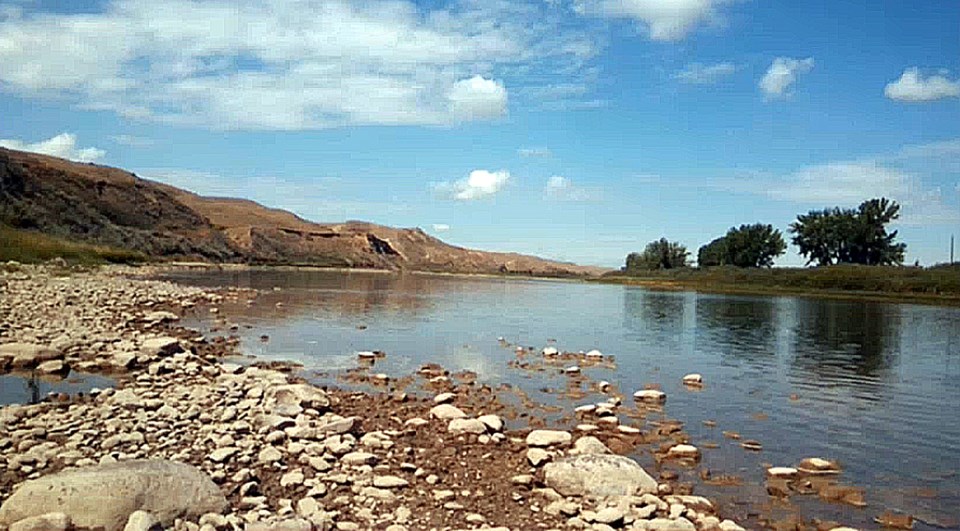About half of Alberta is anticipating significant drought in 2024, and the frequency and intensity of droughts on the Canadian prairies is expected to increase as a result of climate change. At the same time, demand for water from communities and businesses is growing.
To help mitigate the impact of future droughts on communities and "maximize" water use, the government of Alberta is putting $35 million towards water-management and conservation initiatives, Rebecca Schulz, Minister of Environment and Protected Areas, announced at a media event on Wednesday.
"We must find new and better ways to reduce the impacts of droughts and make every drop of water count. That’s why we are taking action to improve wetlands and transform how water is managed in our province," Schulz said.
About two-thirds of the funds, $23 million, will be invested over the next three years in improving the province's water-management system. The province says this funding will be split between four key areas: water storage, water management, water conservation, and data collection.
Water storage initiatives include $4.5 million to study Ardley Water Reservoir in the Red Deer Basin, and the province says more projects will be announced as details become available.
Wetland replacement and watershed restoration programs will also receive $12 million as part of this year's budget.
Potential for emergency
There are currently 51 water shortage advisories in Alberta, and the province has been in stage four of its drought management response system since fall 2023. Stage five could mean a state of emergency being declared, something Schultz said the province has never before had to do.
"Obviously that would be a very extraordinary circumstance that would allow government to to start directing and making decisions on water allocation and priority and we're hoping that we can avoid that through the discussions that we're having right now," Schultz said.
To keep from reaching this crisis level, Schultz said the province is asking water users "to come together to have conversations about how we could conserve in some areas, how much water was available to redistributed to other uses to make sure that all users within the system have access to some water. That's essentially the approach that we're taking right now."
Schultz said specifics about what conditions would trigger a province-wide water emergency, and how the province might respond, will be revealed in early April. Additional policy and regulatory changes are also coming soon, "to help give us the flexibility we need to manage the drought that we are anticipating this year."
Water crisis at odds with planned expansion
While the province is in conversation with water license holders about conservation, it is simultaneously planning to increase water use through the expansion of irrigation, growing cities, and building up up the tech-sector. The province says this growth can be achieved by finding more efficient water uses, but as Alberta moves into an increasingly dry era, every drop of water will be needed just to keep up with current demand, said Dr. Tricia Stadnyk, Tier II Canada Research Chair in hydrologic modelling and a professor in Civil Engineering at the Schulich School of Engineering.
"You can't expand or grow the agricultural sector, or even have a productive agricultural sector, if you're being hit with multi-year drought all the time," Stadnyk said.
"My warning is that I think we're going to need every ounce of increased efficiency just to offset the more frequent droughts scenarios that we're going to get."
In a study published in Nature Climate and Atmospheric Science in November, 2023, Stadnyk's research used global climate models to assess future water supply issues, and found the Canadian prairies are one of only three global hotspots "where we actually have confidence that we're going to have more frequent and more extreme drought," she said.
"It's easy to get caught in the trap of thinking this is an El Niño cycle and this is a one off, but that is not what the science actually shows. The science shows that this is kind of the tip of the iceberg in terms of what we expect for the future. We need to think about this long term, and we need to really push in the direction of water conservation and water sustainability."




